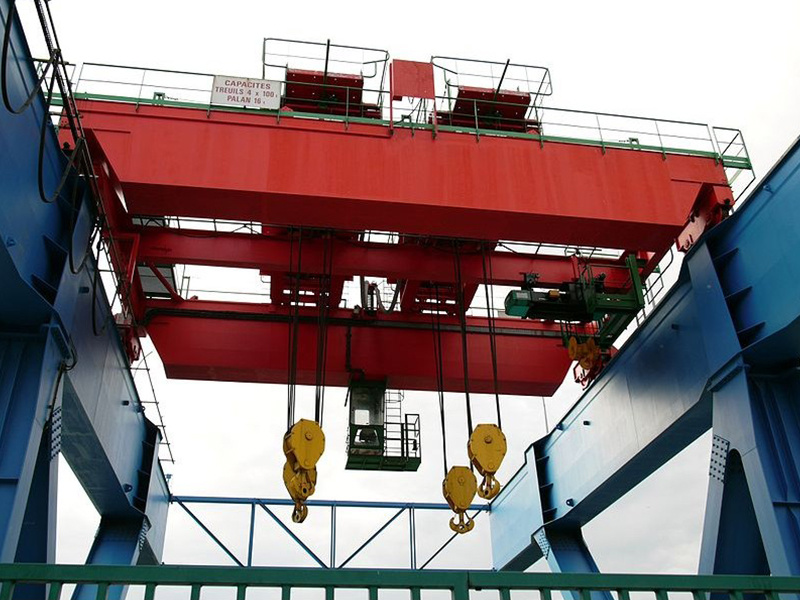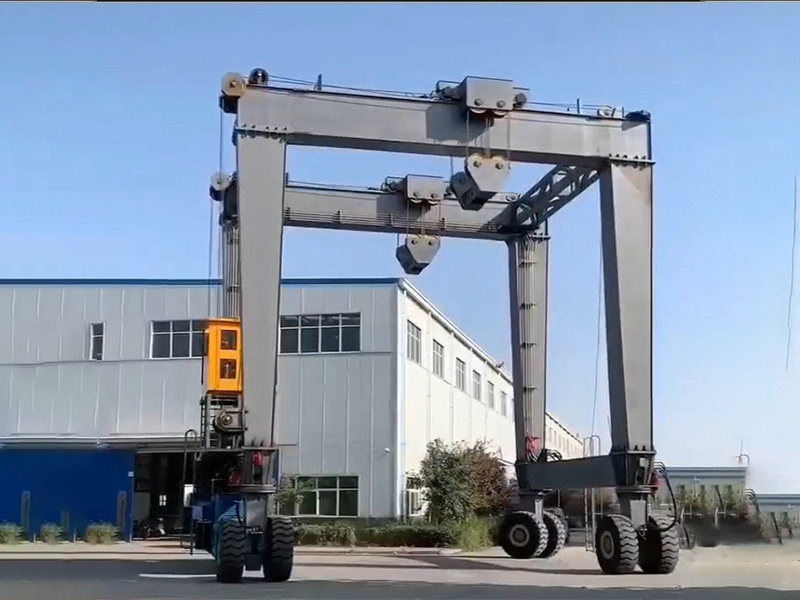Henan Aifite Intelligent Equipment Co., LTD.
Crane Coupling
Classification:
Product Introduction
**Crane Coupling**
Crane coupling is a crucial component in various industrial applications, particularly in the field of heavy machinery and lifting equipment. This coupling is designed to connect two shafts, allowing them to rotate together while accommodating misalignment and reducing vibration. In this article, we will explore the significance, types, applications, and maintenance of crane couplings, highlighting their importance in ensuring the smooth operation of cranes and other lifting equipment.
**Understanding Crane Couplings**
At its core, a crane coupling serves as a mechanical link between two rotating shafts. It is essential in applications where torque needs to be transmitted from one shaft to another. The primary function of a crane coupling is to maintain alignment between the shafts while allowing for some degree of flexibility. This flexibility is vital in reducing the impact of misalignment caused by wear, thermal expansion, or installation errors.
Crane couplings can be categorized into various types based on their design and function. The most common types include rigid couplings, flexible couplings, and universal joints. Each type has its unique features and applications, making it important to choose the right one for a specific operation.
**Types of Crane Couplings**
1. **Rigid Couplings**: Rigid couplings are designed to connect two shafts in a fixed position. They do not allow for any angular or axial misalignment. While these couplings provide a solid connection and are suitable for applications where precision is paramount, they can transmit vibration and shock loads, potentially leading to increased wear on the connected equipment.
2. **Flexible Couplings**: Flexible couplings are engineered to accommodate misalignment between shafts. They can absorb shock loads and vibrations, making them ideal for applications where the shafts may not be perfectly aligned. These couplings come in various designs, including elastomeric, gear, and chain couplings. Their ability to reduce stress on the connected equipment enhances the overall lifespan of the machinery.
3. **Universal Joints**: Universal joints, also known as U-joints, are a type of flexible coupling that allows for angular misalignment between shafts. They are commonly used in applications where the shafts are not in a straight line. Universal joints can transmit torque while accommodating significant changes in alignment, making them versatile for various industrial applications.
**Applications of Crane Couplings**
Crane couplings are widely used in different sectors, including construction, manufacturing, and transportation. In the construction industry, crane couplings play a vital role in connecting the various components of cranes, such as the boom and the hoist. These couplings ensure that the crane operates smoothly and efficiently, enabling operators to lift and move heavy loads safely.
In manufacturing, crane couplings are essential in conveyor systems and other machinery that require precise movement and alignment. They help in transmitting power from motors to the moving parts of the equipment, ensuring consistent performance. Additionally, in the transportation sector, crane couplings are used in various vehicles and machinery, including forklifts and industrial trucks, where reliable power transmission is critical.
**Importance of Crane Couplings**
The significance of crane couplings cannot be overstated. They not only facilitate the efficient transfer of power but also enhance the safety and reliability of heavy machinery. By allowing for misalignment and absorbing shock loads, crane couplings protect the connected equipment from excessive wear and tear. This protection leads to reduced maintenance costs and downtime, ultimately improving productivity.
Moreover, crane couplings contribute to the overall safety of lifting operations. In applications where heavy loads are involved, any failure in the coupling can lead to catastrophic accidents. Therefore, using high-quality crane couplings is essential for minimizing risks and ensuring the safety of operators and nearby personnel.
**Maintenance of Crane Couplings**
To ensure the longevity and optimal performance of crane couplings, regular maintenance is essential. Operators should perform routine inspections to identify any signs of wear, misalignment, or damage. Lubrication is also crucial, as it reduces friction between moving parts and prevents overheating. Operators should follow the manufacturer's guidelines for lubrication intervals and types of lubricants to use.
Additionally, monitoring the operating conditions is vital. Factors such as temperature, load, and vibration can impact the performance of crane couplings. Keeping these factors within the recommended limits helps in maintaining the integrity of the coupling and extends its service life.
**Conclusion**
In conclusion, crane couplings are indispensable components in the operation of cranes and other heavy machinery. Their ability to connect shafts while accommodating misalignment and reducing vibration makes them essential for efficient power transmission. Understanding the different types of crane couplings, their applications, and the importance of maintenance can help operators maximize the performance and safety of their equipment. By investing in high-quality crane couplings and adhering to proper maintenance practices, industries can ensure smooth operations and minimize the risk of accidents, ultimately contributing to increased productivity and safety in the workplace.
Keyword:
Feedback
Leave a message online and get the product quotation free of charge. We will arrange the specialist to contact you as soon as possible.







